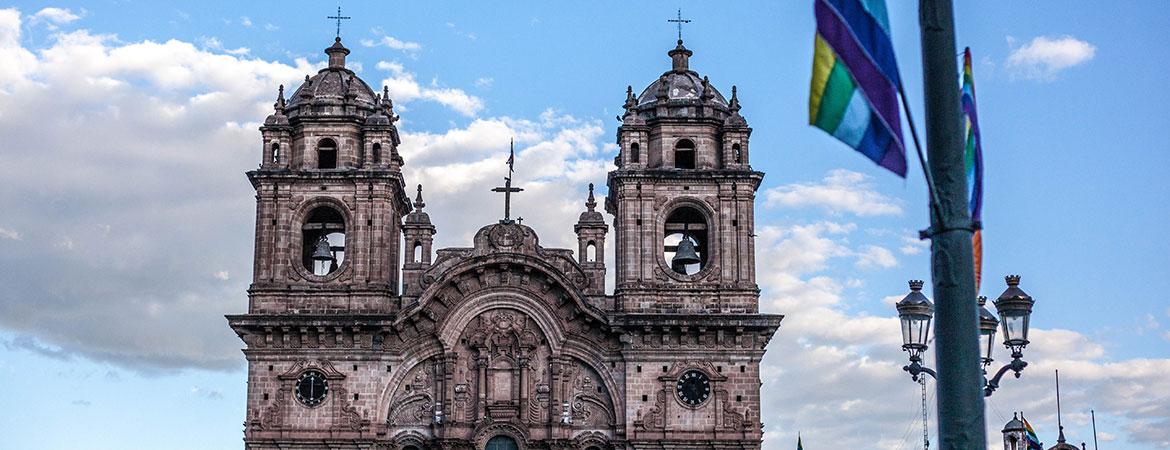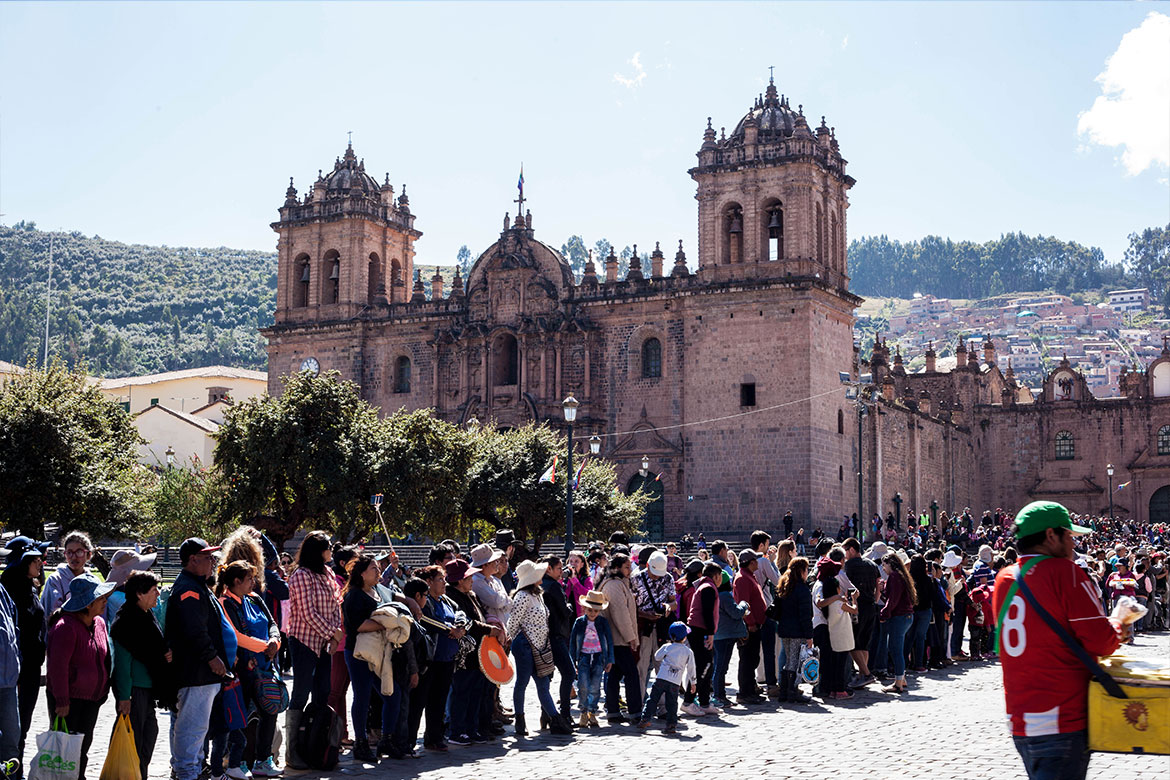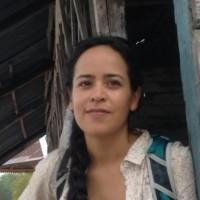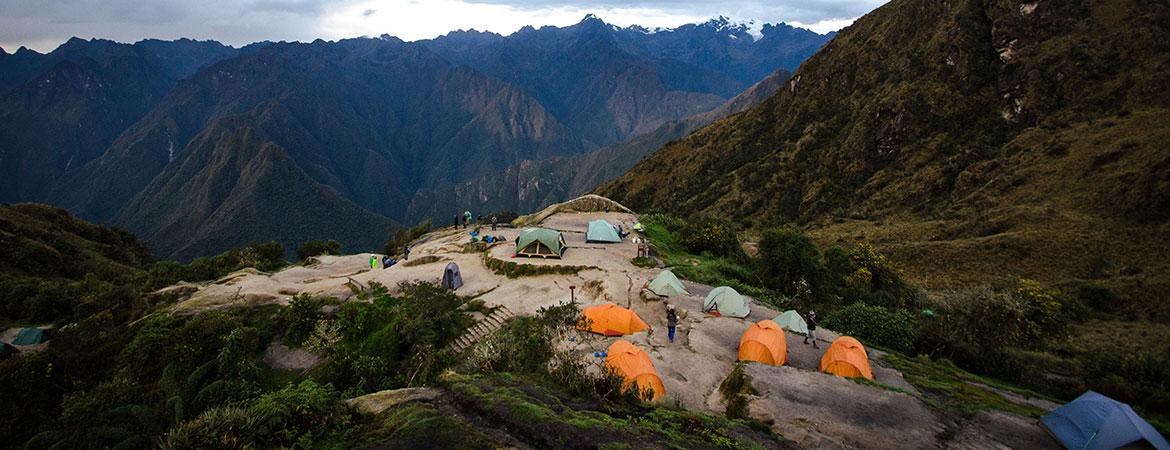The experts in boutique travel To Peru and South America

In Cusco, the festival of Corpus Christi begins when the patron saints and virgins from all the city’s parish churches gather on the Plaza de Armas. Loaded with Andean symbolism and accompanied by brass bands and brilliantly costumed dancers, Corpus Christi in Cusco is truly a sight to behold.
If you are planning a trip to Cusco in 2018, Corpus Christi is scheduled for May 31.
Meaning “body of Christ,” Corpus Christi is a Catholic feast observed 9 weeks after Easter. It celebrates the belief in transubstantiation. Which is to say that at the moment of consecration, the eucharist bread or host transforms into the blood and body of Christ. Traditionally, after Mass, the wafer is placed in its monstrance and carried in procession around the streets.
In 1573, residents of Cusco celebrated Corpus Christi for the first time. Viceroy Francisco de Toledo introduced the festival as a way to solidify the religious conquest of the Andes after the fall of the Inca Empire. Essentially, the introduction of the feast was meant as a dramatization of the triumph of Spanish Catholicism over Inca paganism.
Cusco Tours:
However, the feast date coincided with older Andean festivals including Inti Raymi and the winter harvest festival. These occasions involved porting mummies and other sacred objects to the principal plaza followed by several days of festivities. In this respect, the Corpus Christi festival in Cusco today bears great resemblance to the most important traditions of the Andean world before the conquest.
Witness the festival today and you will see not just the surface Catholic heritage but also underlying Andean symbols. It is this coexistence that makes it so fascinating to experience Corpus Christi in Cusco.

The festivities begin on Wednesday of Corpus Christi week. In the parish churches of Cusco, parishioners dress the statues of their patron saints and virgins in rich cloths and place them on ornate litters. Porters, accompanied by an entourage of parishioners, brass bands, and dance troupes, carry the heavy litters to Plaza San Francisco. Some saints travel short distances, others from as far as 14 km away.
At the designated hour, the entrada begins. One by one, the saints are walked to the main Plaza de Armas and into the Cusco Cathedral. They will spend the night here in the company of Señor de los Temblores (Lord of Earthquakes), patron saint of the city of Cusco.
On Thursday morning, the archbishop of Cusco celebrates Mass in the Cathedral. Then the consecrated host is placed in a 365-pound monstrance made of gold and silver which is transported upon on an 18th-century silver carriage. The carriage makes one slow circuit around the Plaza de Armas which is now packed with spectators. The solemnity of this first procession contrasts with the exuberance of what follows next.
Exiting one by one from the Cathedral, each of the 10 saints and 5 virgins take their turn around the Plaza. Bearers struggle under the heavy weight of carved wood and silver. Brass bands play somber tunes and dance troupes perform choreographed moves that raise the energy level by several octaves.

For travelers to Cusco, Corpus Christi is a great introduction to Andean traditions. History and culture is woven into the music, dance, and costumes, as well as the typical food and drinks served on surrounding streets.
Visit Plaza San Francisco to see piles of Cusco’s emblematic dish, chiriuchu. Served cold, it unites ingredients from diverse regions: guinea pig, jerky, sausage, giant corn kernels, rocoto pepper, and a corn flour omelette from the Andes, cheese from Puno, and seaweed and fish eggs from the coast. In San Pedro Market, vendors sell seasonal fruits like chirimoya, sugar cane, passion fruit, and more.
During the week, the Cathedral doors remain open to visitors who wish to greet the saints. On the next Thursday, each saint is paraded back to their churches until the next year.
Incas Expert can pair you with a local guide who can explain the meaning and symbolism of the celebration as you watch it. We can also take you to the best places to view the procession. Contact us for info.

Anabel is Incas Expert’s nomadic wordsmith. After 5 years on the road, she's developed a knack for making impromptu workplaces out of cozy cafes across South America. When not writing, she's probably out searching for the best food, coffee, and bookstores in town.

Discover the incredible things to do in Cusco, the historic heart of Peru. Once the capital of the Inca Empire, Cusco is now a treasure trove of Incan and colonial architecture, blended seamlessly with modern culture.

Stretching 42 km (26 mile) from the Sacred Valley to the Sun Gate of Machu Picchu, the classic Inca Trail traverses some of the most riveting landscapes in all of Peru.